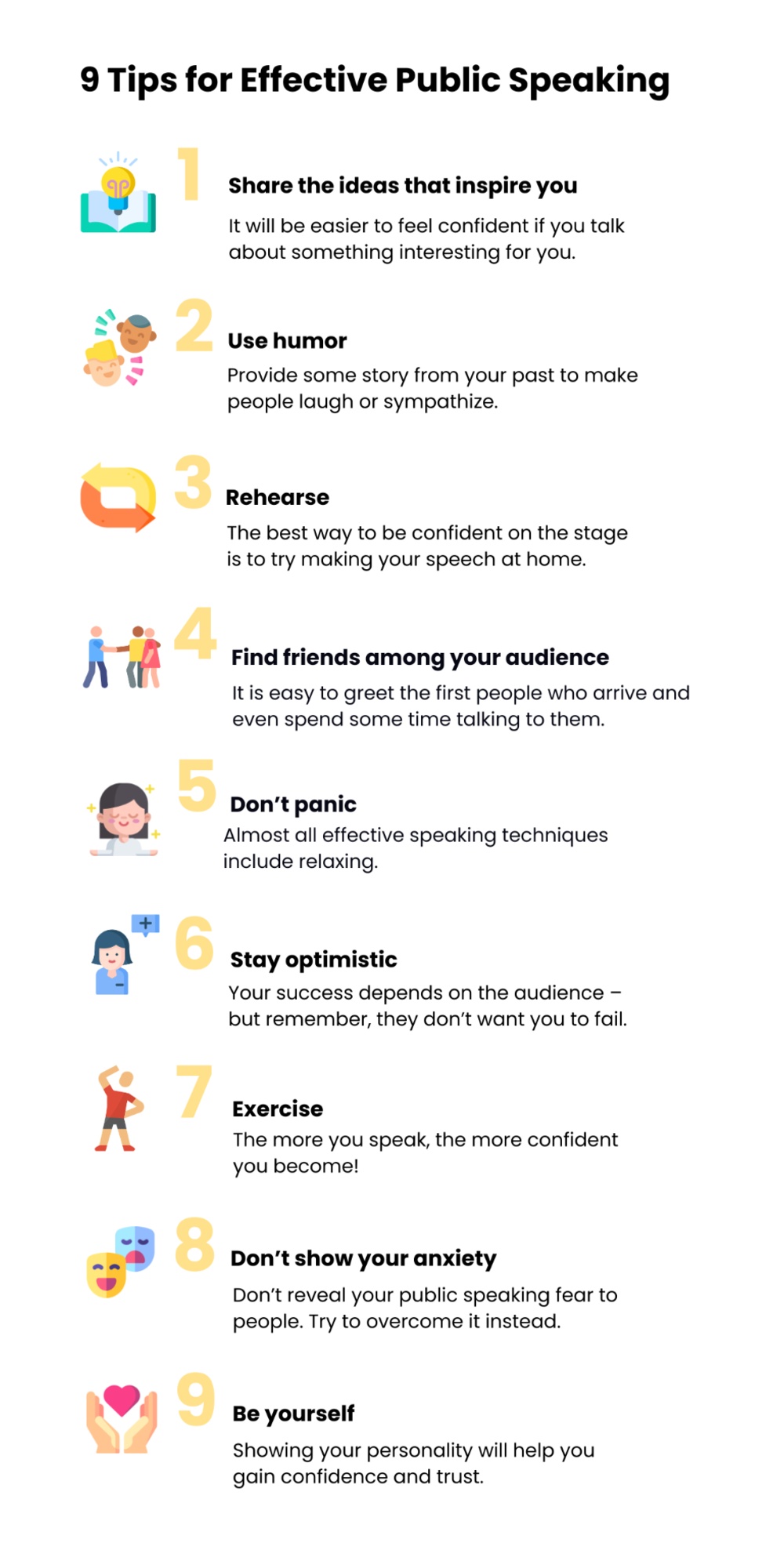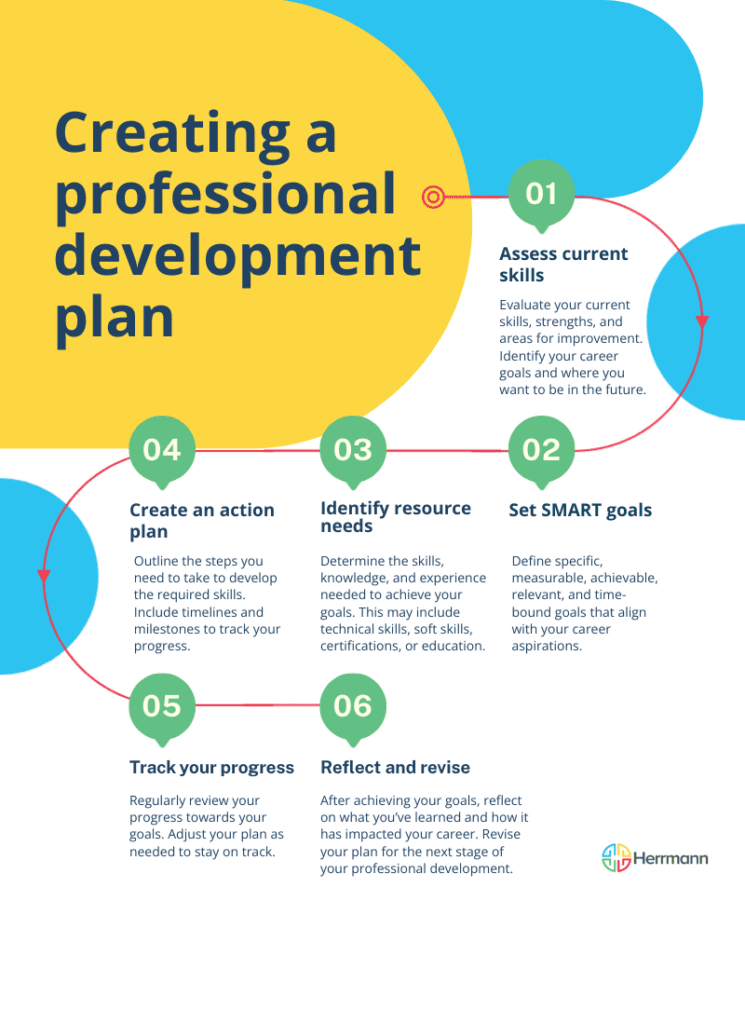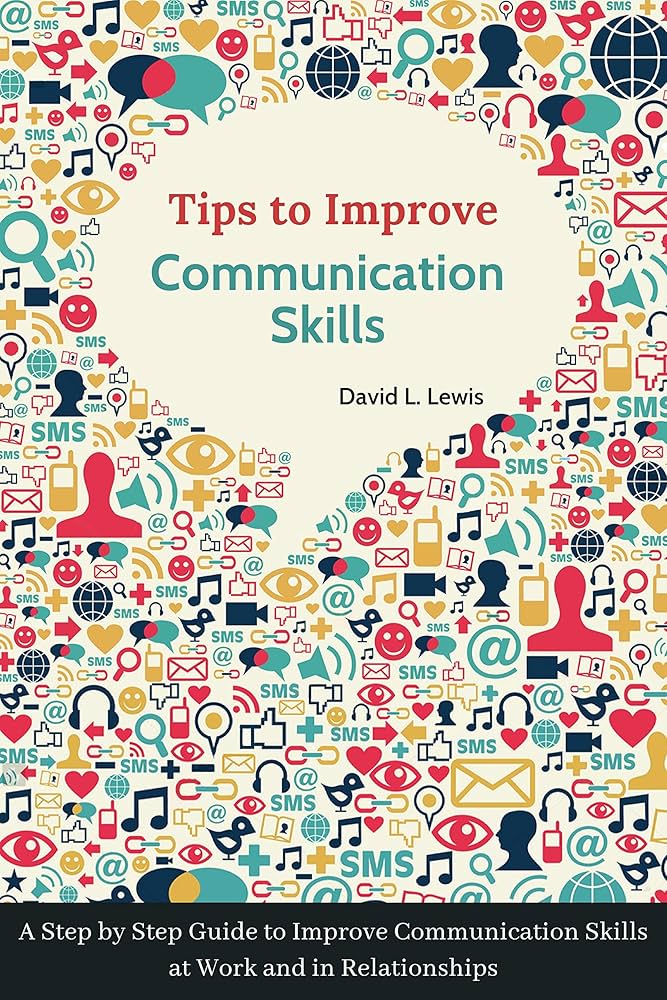Key Techniques For Developing Effective Public Speaking Skills

More than 75% of people suffer from speech anxiety, yet public speaking is an essential skill for professional success. Why does it intimidate so many? Ironically, even the greatest orators of history experienced nervousness before delivering their impactful speeches.
Effective public speaking dates back to ancient Greece, where it held societal importance. Today, 70% of jobs involve some form of public communication. By practicing clarity in expression and engaging storytelling, professionals can transform their initial nerves into compelling speeches.

Essential Components of Effective Public Speaking
One of the most important components of effective public speaking is developing a strong opening. This captures the audience’s attention right away. A surprising fact or a personal story can be an excellent start. Engaging your audience from the beginning makes them more likely to stay interested. According to this article, the first 30 seconds of a speech are crucial.
Another key component is mastering the art of storytelling. Stories make your message more relatable and memorable. They also help to illustrate your points in a way that is engaging. Through storytelling, you can connect on a deeper level with your audience. It’s a technique used by many successful speakers.
Making effective use of voice and tone is also essential. Vary your pitch, speed, and volume to maintain interest. Avoid speaking in a monotone which can be boring. Here is the article, using pauses at the right moments can emphasize important points and give listeners time to absorb information. Practice can help you master these vocal elements.
Finally, utilizing visual aids can greatly enhance your presentation. Tools like slides, charts, and videos can clarify complex points. They can also keep the audience engaged longer. However, it’s important not to overuse them. Too many visuals can distract rather than help.
Developing a Strong Opening
Creating a strong opening in your speech is crucial to capturing your audience’s attention right away. Begin with something unexpected, like a surprising fact, a question, or a short story. This instantly engages listeners. The first few seconds are when people decide if they want to keep listening or not. Make the most of this time by being captivating.
Using a quote can also be very effective. Quotes often bring authority and can succinctly convey a powerful idea. Ensure the quote is relevant to your topic. Connecting the quote to what you will discuss next keeps your audience intrigued. A well-chosen quote can set the tone for your entire speech.
Questions can be another great way to establish a connection. Rhetorical questions make your audience think about the topic. They can also create curiosity about what you will say next. For example, you might ask, “What makes a speech memorable?” and then dive into your points. This method keeps listeners mentally engaged.
It’s also essential to introduce yourself and your topic clearly. Share why the subject is important to you and your audience. This establishes credibility and personal connection. A personal anecdote or experience related to the topic can add depth to your opening. Remember, the goal is to make the audience feel invested in listening to more.
Mastering the Art of Storytelling
Storytelling is a powerful tool in public speaking. It makes your message memorable and relatable. People are naturally drawn to stories. Stories can bring your points to life in a way that statistics or facts alone cannot. Engaging narratives capture attention and keep listeners interested.
A successful story has a clear beginning, middle, and end. The beginning should introduce the main characters and set the scene. The middle includes the conflict or challenge. The end provides a resolution. This structure helps keep your story organized and easy to follow.
Personal experiences often make the best stories. They add a unique, authentic touch to your speech. When you share something personal, it builds a connection with your audience. They are more likely to empathize with your viewpoint. Remember, authenticity resonates more than perfection.
Using vivid details enhances storytelling. Specifics about characters, settings, and events paint a picture in the listener’s mind. Sensory details can make your story come alive. For instance, describing sounds, smells, or sights can immerse your audience in the narrative. Consistently practicing storytelling will improve your ability to captivate and persuade.
Effective Use of Voice and Tone
Effective use of voice and tone is a key aspect of public speaking. Your voice conveys emotion and keeps your audience engaged. Varying your pitch and volume can add emphasis to important points. A monotone voice can make even the most exciting content sound boring. Practice helps find the right vocal balance.
Pace is equally important. Speaking too quickly can make it hard for the audience to follow. Speaking too slowly can cause boredom. Finding a steady rhythm keeps the audience’s attention. Pauses at the right moments give listeners time to absorb what you’ve said. Pauses also create anticipation for what’s next.
Using vocal variety can make your speech more dynamic. Try changing your tone to match the content. A softer tone can convey empathy or doubt. A louder, firmer tone can emphasize confidence. According to experts, varying your tone prevents listener fatigue.
A good exercise to improve voice control is reading aloud. Practice reading different types of texts. Notice how your voice changes with the material. Recording yourself can also be helpful. Listen to the playback to identify areas for improvement.
Engaging with the audience through your voice creates a connection. Make eye contact and smile to appear more approachable. Use gestures to accompany your vocal expression. This makes your speech more lively and interesting. Always be mindful of your audience’s reactions and adjust your voice accordingly.
Finally, remember to practice regularly. Effective use of voice and tone takes time to master. Incorporate feedback from trusted sources. Attend workshops or join speaking clubs for additional support. Consistent practice leads to noticeable improvement in your public speaking skills.
Utilizing Visual Aids
Utilizing visual aids can significantly enhance your public speaking presentation. Visuals can simplify complex ideas and make your points clearer. For example, charts and graphs can illustrate data more effectively than words. Including visuals keeps your audience engaged. People often remember information better when it’s visually represented.
When using visual aids, ensure they are relevant and support your message. Avoid adding unnecessary graphics that might distract from the main points. Keeping visuals simple and clean is key. Overloading slides with too much information can confuse your audience. High-quality images and readable fonts make visuals more effective.
PowerPoint slides are a popular choice for visual aids. To make impactful slides, limit the text on each slide. Use bullet points instead of paragraphs. Include images or videos where appropriate. According to this post, combining visual elements with concise text boosts understanding. Your slides should complement, not compete with, your spoken words.
Another useful tool is a physical prop. Props can make abstract concepts tangible. They add a hands-on element to your presentation. For instance, if talking about technology, you might show the actual device. This can create a stronger connection with your audience.
Interactive elements, such as infographics or audience polls, can also enhance engagement. These tools invite your audience to participate. Participation helps keep their attention focused. You can use online tools for real-time polling. This adds a modern touch to traditional speaking methods.
Just as important as selecting the right aids is the way you present them. Make sure to face your audience, not the visual aid. Use gestures to point out key items on charts or slides. Practice using your aids smoothly in your rehearsal. This ensures a seamless experience during your actual presentation.
Handling Audience Questions
Handling audience questions effectively is a crucial part of public speaking. It demonstrates your expertise and builds trust with your audience. Prepare for common questions in advance. This can help you remain calm and confident. Practicing responses improves your ability to handle unexpected questions.
When you receive a question, listen carefully. Make sure you understand it before responding. If the question isn’t clear, ask for clarification. This shows that you value the audience member’s input. Repeat the question aloud to ensure everyone hears it.
Answer questions concisely and directly. Avoid going off-topic or giving overly lengthy responses. Stay focused on the main points of your speech. It’s okay to admit if you don’t know an answer. You can always offer to follow up later with more information.
Balance your responses to maintain flow in your presentation. If a question is off-topic, gently steer it back to the main subject. Use phrases like, “That’s an interesting point, but let’s get back to…” This keeps the discussion relevant and time-efficient.
Engage the entire audience during the Q&A session. Make eye contact with other audience members, not just the person asking the question. This includes everyone in the discussion and maintains their interest. Be sure to thank the questioner for their contribution.
Having a structured Q&A segment can also be helpful. Allocate specific time for questions at the end of your talk. This keeps the audience focused during your main presentation. Moderating the questions ensures a smooth and organized session.
Techniques for Managing Public Speaking Anxiety
Public speaking anxiety is a common issue for many people. One effective technique to manage it is thorough preparation. Knowing your material inside out can boost your confidence. Practice your speech multiple times until you feel comfortable. Familiarity reduces nervousness.
Breathing exercises are another helpful tool. Deep breathing helps calm your nerves and steady your voice. Try inhaling deeply through your nose, holding for a few seconds, and exhaling slowly through your mouth. Do this several times before you start speaking. It can help you stay relaxed and focused.
Visualization techniques can also be beneficial. Picture yourself delivering a successful presentation. Imagine the audience reacting positively to your speech. This positive imagery can enhance your self-assurance. Athletes often use visualization to improve performance, and it can work for public speakers too.
Engaging with the audience early on helps ease anxiety as well. Make eye contact with friendly faces in the crowd. Seeing their supportive reactions can boost your confidence mid-speech. Incorporating some interaction, like asking questions or encouraging nodding, makes you feel connected rather than isolated.
Meditation and mindfulness practices are also worth exploring as they help maintain calmness over time. Techniques like focusing on the present moment reduce anxious thoughts about future errors or failures during the speech.
Role of Audience Engagement in Public Speaking
Engaging the audience is essential for effective public speaking. Interaction keeps listeners interested and makes your message more memorable. Asking questions is a simple yet powerful way to engage. It encourages participation and makes the audience feel valued. When people are involved, they are more likely to retain information.
Using stories and anecdotes also boosts engagement. Personal stories connect emotionally with the audience. They make your speech relatable and authentic. A well-told story can captivate listeners and hold their attention. People remember emotions more than facts, making stories impactful.
Body language plays a big role in audience engagement. Making eye contact with different people in the room creates a sense of connection. It shows that you are confident and sincere. Gestures can also emphasize points. Using varied gestures makes your presentation dynamic and lively.
Interactive activities like polls or live Q&A sessions can further involve your audience. These activities break the monotony and add fun elements. Polls can provide instant feedback or gauge opinions. Live Q&As allow the audience to voice their thoughts and ask questions, promoting a two-way communication.
Finally, incorporating humor can enhance engagement. A good laugh relaxes the audience and makes your speech enjoyable. Humor should be relevant and appropriate for the topic and audience. It helps in breaking the ice and makes you seem more approachable. Ensure your jokes are in good taste to maintain professionalism.
Practical Exercises to Enhance Speaking Skills
Engaging in practical exercises can greatly improve your speaking skills. One effective exercise is practicing in front of a mirror. Speaking in front of a mirror allows you to observe your body language. This helps you become more aware of your gestures, facial expressions, and posture. You can immediately see where adjustments are needed.
Recording yourself is another valuable practice. Use your phone or a recording device to capture your speech. Listen to the playback to evaluate your vocal variety, pace, and clarity. Taking notes on areas for improvement helps you make progress. Over time, you will notice significant enhancements in your delivery.
Group practices, such as participating in a speaking club, provide constructive feedback. Joining groups like Toastmasters can be beneficial. Members offer support and critique to help you improve. According to experts, regular practice in these settings builds confidence. Group settings also allow you to learn from watching others.
Role-playing different scenarios can also enhance your skills. Practicing responses to common audience questions prepares you for real situations. You can role-play with friends or colleagues. This helps you develop quick thinking and adaptability. It’s a practical way to simulate the unpredictability of live speaking engagements.
Breathing exercises can improve not just relaxation but vocal control as well. Techniques like diaphragmatic breathing help sustain your voice and manage nervousness. Practicing these exercises regularly enhances your overall speaking performance. They are simple yet highly effective tools for any speaker.
Reading aloud regularly is a simple yet powerful exercise. It improves fluency and helps you get comfortable with different types of content. Choose a variety of materials to read, from news articles to fiction. This practice enhances vocal strength and clarity. Consistent reading aloud makes speaking in public feel more natural.
Measuring the Impact of Your Public Speaking
Measuring the impact of your public speaking is vital to understand its effectiveness. One way to measure is by gathering audience feedback. Distribute surveys or feedback forms after your presentation. Ask specific questions about clarity, engagement, and delivery. This feedback provides valuable insights for improvement.
Recording your presentations is another useful method. Review the video to assess your performance. Pay attention to body language, voice modulation, and audience reactions. Identify areas where you can enhance your skills. Consistent review helps track your progress over time.
Engagement metrics can also indicate the impact of your speech. Monitor audience participation during live sessions. Note the number of questions asked and the level of interaction. High engagement typically means your speech resonated well. Interaction is a clear sign of effectiveness.
Analyzing social media reactions is another approach if your speech is shared online. Track likes, shares, and comments on your speech videos. Positive reactions indicate a strong impact. Online engagement metrics offer a broader reach analysis.
Consider conducting follow-up assessments. Reach out to attendees after some time to gauge the lasting impact of your speech. Ask if they remembered key points and applied them. Lasting recall is a sign of a powerful presentation.
Combining these methods offers a comprehensive evaluation of your public speaking effectiveness. Using varied assessment tools ensures you capture all aspects of audience response. Regular assessment and feedback lead to continuous improvement in your speaking skills.
Key Takeaways
- Develop engaging storytelling to connect with your audience.
- Master voice and tone for effective communication.
- Use visual aids to enhance your presentation.
- Handle audience questions confidently and clearly.
- Manage anxiety through preparation and practice.

Conclusion
Effective public speaking combines preparation, skill, and practice. Engaging storytelling, mastering your voice, and handling questions confidently enhance your delivery. Regular practice and feedback are key to improvement.
By utilizing these techniques, you can connect with your audience and deliver impactful presentations. Remember, preparation and practice build confidence and success. Keep refining your skills to continue growing as a speaker.






